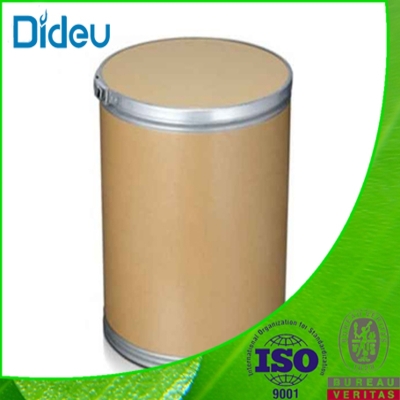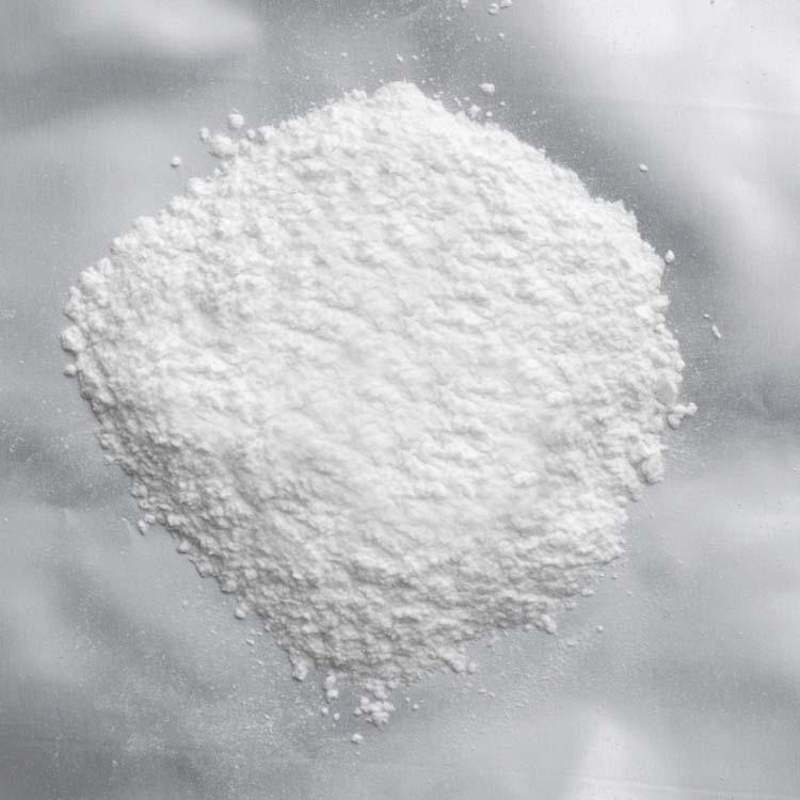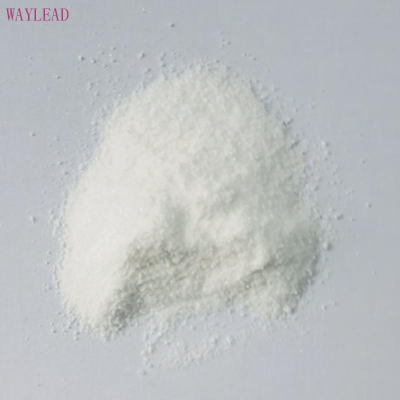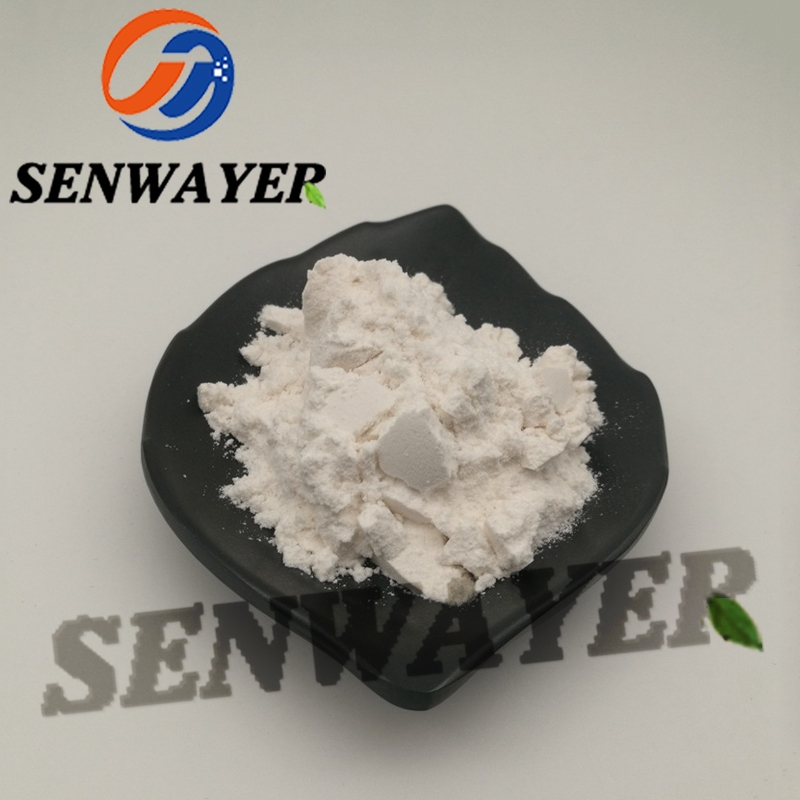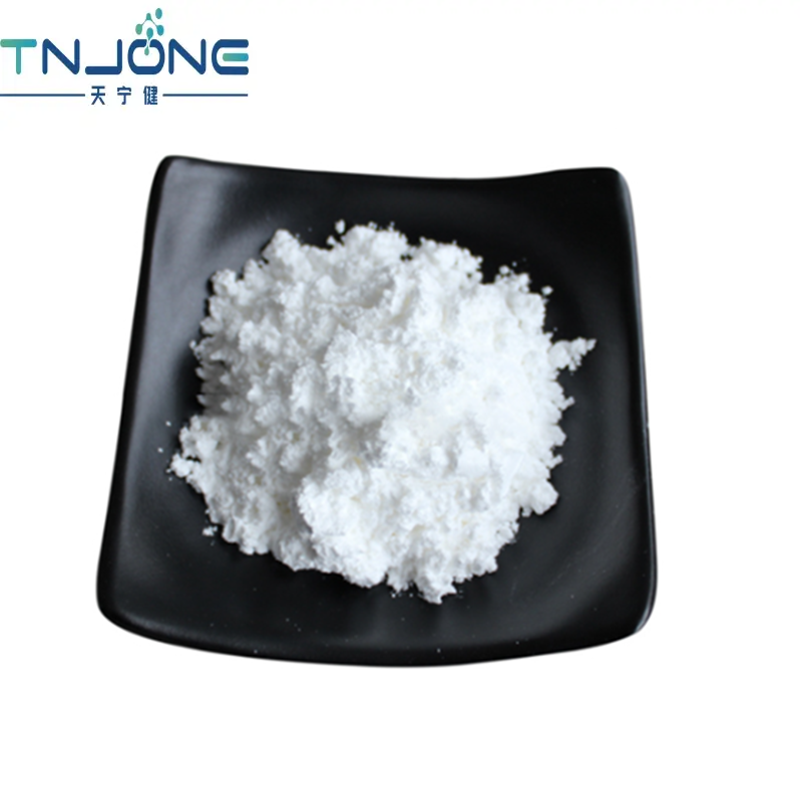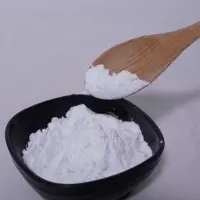Cosmetic Ingredient
- • Abrasive (124)
- • Absorbent (84)
- • Anticaking (66)
- • Anticorrosive (25)
- • Antifoaming (19)
- • Antimicrobials (290)
- • Antioxidant Ingredient (393)
- • Antiperspirant (20)
- • Antiplaque (48)
- • Anti-seborrheic (38)
- • Anti-sebum (39)
- • Antistatic (458)
- • Astringent (162)
- • Binding Agent (172)
- • Bleaching Agent (53)
- • Buffering (191)
- • Bulking (109)
- • Chelating (122)
- • Cleansing (679)
- • Cosmetic Colorant (212)
- • Cosmetic Preservative (158)
- • Denaturant (45)
- • Deodorant (98)
- • Depilatory (27)
- • Dissolving Agent (298)
- • Emollient (795)
- • Emulsifying Agent (480)
- • Emulsion Stabilising (154)
- • Exfoliating (19)
- • Film Forming (299)
- • Flavouring (72)
- • Foam Boosting (161)
- • Foaming (101)
- • Fragrance Ingredient (726)
- • Gel Forming (19)
- • Hair Conditioning (670)
- • Hair Dyeing (363)
- • Hair Fixing (36)
- • Hair Waving or Straightening (45)
- • Humectant (282)
- • Hydrotrope (92)
- • Keratolytic (20)
- • Light Stabilizer (80)
- • Moisturising Agent (50)
- • Nail Conditioning (42)
- • Occlusive (20)
- • Opacifying (119)
- • Oral Care (123)
- • Oxidising (19)
- • Perfuming (2105)
- • Plasticiser (98)
- • Propellant (19)
- • Reducing (50)
- • Refatting (12)
- • Refreshing (26)
- • Skin Cleansing (388)
- • Skin Conditioning (1751)
- • Skin Humectant (21)
- • Skin Protecting (282)
- • Smoothing (31)
- • Soothing (71)
- • Tonics (155)
- • UV Filter (34)
- • Viscosity Controlling (532)
Chemicals as Skincare Ingredients
Related News
-
Pfizer China Oncology Division Restructures Amid Executive Changes
2025-03-19 -
Price Surge Alert as Major Suppliers Increase Barium Sulfate Costs by 200 Yuan per Ton
2025-03-20 -
Shell Considers Partnering with the U.S. and Closing European Chemical Assets
2025-03-26 -
Quaker Houghton Acquires Dipsol Chemicals, Strengthening Advanced Solutions Portfolio
2025-03-27 -
AstraZeneca to Invest $2.5 Billion to Establish Global Drug R&D Center in Beijing
2025-03-25 -
Saudi Aramco CEO: Invest in downstream projects in China's energy, chemical and other fields
2025-03-28
Anti-sebum
Kaolin
(1332-58-7)-
Chemical Grade / 99%
-
-
- / 0.00%
-
$400-410/MT FOB
Tea extract
(84650-60-2)-
Cosmetics Grade / 99%
-
- / 40%
-
Food Grade / 99%
-
Food Grade / 99%
Request for quotation , get quotes from more suppliers.
Isotretinoin
(4759-48-2)-
-
Pharmacy Grade / 99%
-
Pharmacy Grade / 99%
-
Request for quotation , get quotes from more suppliers.
-
Cosmetics Grade / 98%
-
Cosmetics Grade / 98%
-
Cosmetics Grade / 99%
-
Cosmetics Grade / 98%
Request for quotation , get quotes from more suppliers.
Carbocysteine
(638-23-3)-
API Grade / 99%
-
Industrial Grade / 99%
-
- / 0.00%
-
- / 99.00%
Request for quotation , get quotes from more suppliers.
Source Anti-sebum Products Supply
Phloretin
(60-82-2)-
Cosmetics Grade / 98%
-
Cosmetics Grade / 98%
$215-279/KG EXW
-
Cosmetics Grade / 98%
-
Pharmacy Grade / 99%
Request for quotation , get quotes from more suppliers.
1-Undecanol
(112-42-5)-
- / 99.00%
-
Pharmacy Grade / 99%
$10/KG EXW
-
Food Grade / 99%
-
Food Grade / 99%
Request for quotation , get quotes from more suppliers.
-
- / 99.00%
-
Food Grade / 99%
-
Food Grade / 99%
-
Industrial Grade / 99%
Request for quotation , get quotes from more suppliers.
Disodium cromoglycate
(15826-37-6)-
Industrial Grade / 99%
-
Pharmacy Grade / 98%
-
Pharmacy Grade / 99%
-
Pharmacy Grade / 99%
Request for quotation , get quotes from more suppliers.
-
Cosmetics Grade / 99%
$20-25/KG FOB
-
Cosmetics Grade / 99%
$110-120/KG FOB
-
Cosmetic grade / 99.9%
-
Cosmetics Grade / 98%
$30/KG FOB
Request for quotation , get quotes from more suppliers.
More Information
Sebum contains numerous sebaceous glands that secrete oils (including neutral fats and small amounts of free fatty acids) through the sebaceous ducts of hair follicles to the skin surface, resulting in oiliness, also known as "sebum."
The composition of sebum is quite complex because sebaceous gland cells primarily synthesize neutral fats (triglycerides). After neutral fats enter the hair follicle, they can be broken down into glycerol and free fatty acids under the action of microorganisms before reaching the skin surface. Sebum also contains components such as waxes and squalene.
Functions of sebum include:
•Moisturizing the skin and hair
•Forming a lipid film with sweat to protect the skin, preventing moisture loss
•Exhibiting weak acidity, which can inhibit and kill bacteria on the skin surface








